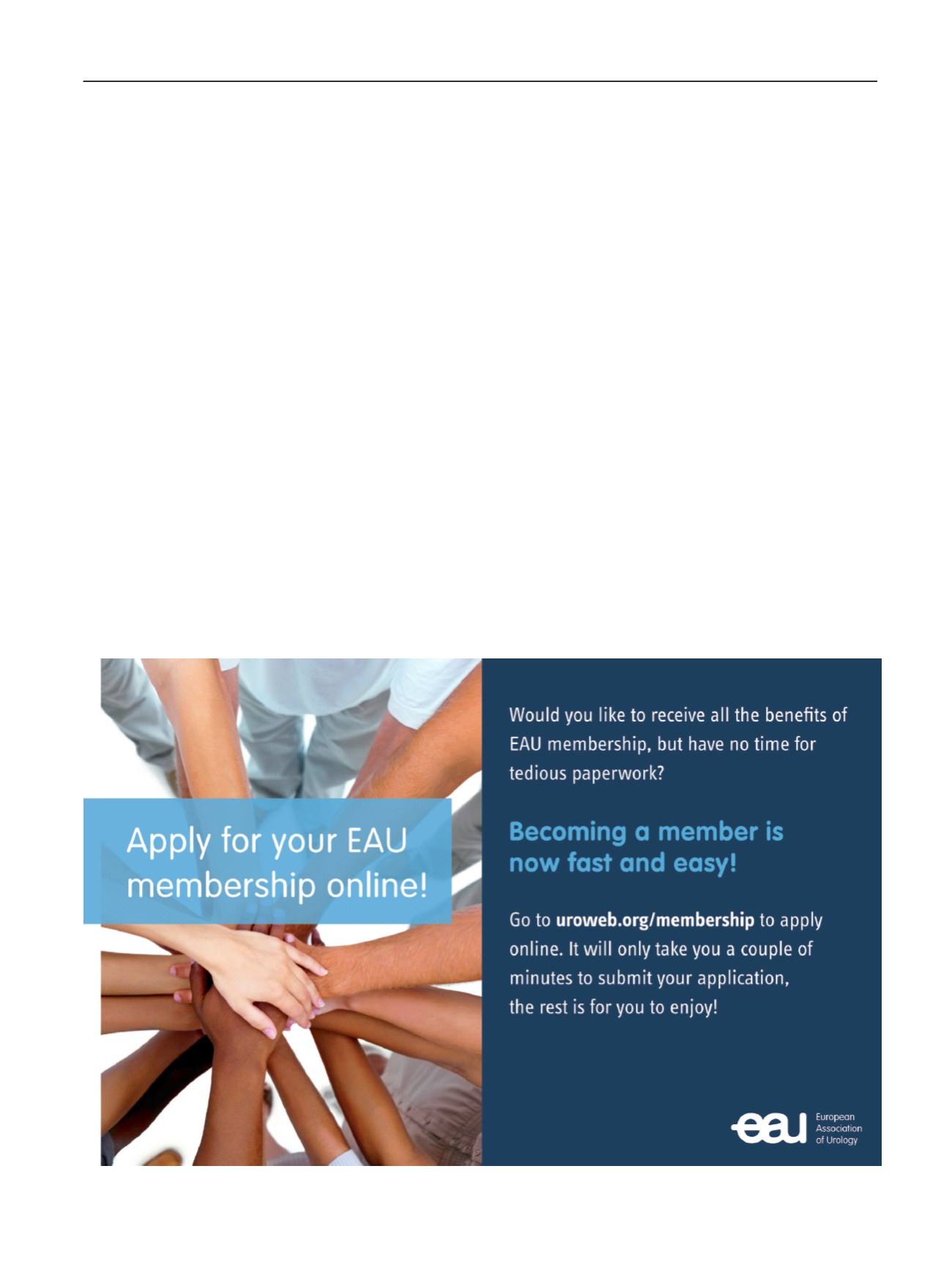

every patient into the same basket. One risk with the
presented nomogram is that it includes androgen deprivation
therapy use as a factor
—
a subjective measure which is a
surrogate for other disease factors not measured in the
nomogram. Postoperative PSA velocity is not taken into
account. These patients come from a long-time period, much
of which was a different era in terms of the clinical risk
groups of patients undergoing prostatectomy. The study
offers valuable insight that not all men with a residual PSA
after prostatectomy require immediate additional treatment,
but they still require complex consideration of many
variables in making a recommendation for or against salvage
radiotherapy.
Conflicts of interest:
Koontz receives unrestricted research funding from
Janssen Pharmaceuticals, and is an advisory board member for Blue
Earth Diagnostics.
References
[1]
Bolla M, van Poppel H, Tombal B, et al. Postoperative radiotherapy after radical prostatectomy for high-risk prostate cancer: long-term results of a randomised controlled trial (EORTC trial 22911). Lancet 2012;380:2018 – 27.
[2]
Thompson IM, Tangen CM, Paradelo J, et al. Adjuvant radiotherapy for pathological T3N0M0 prostate cancer signi fi cantly reduces risk of metastases and improves survival: long-term followup of a randomized clinical trial. J Urol 2009;181:956 – 62.
[3]
Wiegel T, Bartkowiak D, Bottke D, et al. Adjuvant radiotherapy versus wait-and-see after radical prostatectomy: 10-year follow-up of the ARO 96-02/AUO AP 09/95 trial. Eur Urol 2014;66:243 – 50.
[4]
Tendulkar RD, Agrawal S, Gao T, et al. Contemporary update of a multi-institutional predictive nomogram for salvage radiotherapy after radical prostatectomy. J Clin Oncol 2016;34:3648 – 54.[5]
Gandaglia G, Boorjian SA, Parker WP, et al. Impact of postoperative radiotherapy in men with persistently elevated prostate-speci fi c antigen after radical prostatectomy for prostate cancer: a long-term survival analysis. Eur Urol 2017;72:910 – 7.
[6]
Tetlock PE. Expert political judgment: how good is it? How can we know?. Princeton, NJ: Princeton University Press; 2005.E U R O P E A N U R O L O GY 7 2 ( 2 0 17 ) 9 18
–
9 19
919
















